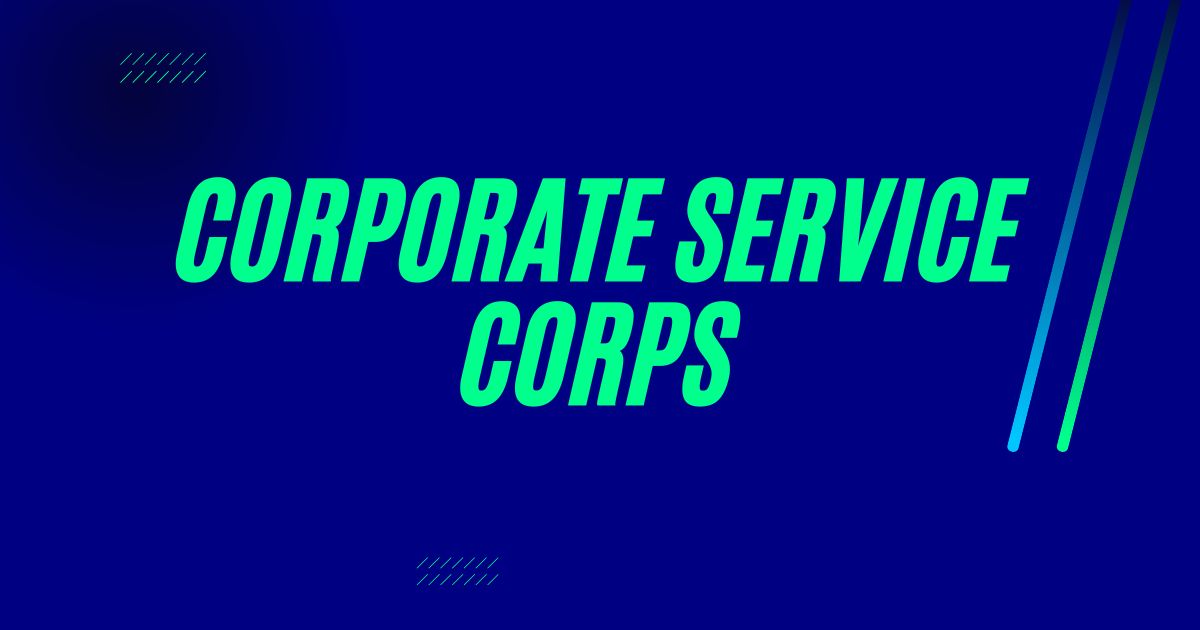Effective communication is the backbone of any successful workplace. Whether it’s between employees, managers, or departments, clear and concise communication fosters collaboration, reduces misunderstandings, and ultimately improves productivity. In this article, we will explore why communication is so essential, the common barriers to effective communication, and practical strategies for improving workplace communication.
Understanding the Role of Communication in the Workplace
Communication is more than just exchanging information; it involves the transfer of meaning and understanding. In the workplace, communication plays a critical role in decision-making, problem-solving, team collaboration, and conflict resolution. Employees who communicate effectively can convey their thoughts, ask relevant questions, and work seamlessly with their colleagues.
Enhancing Team Collaboration Through Effective Communication
When team members communicate openly and honestly, collaboration becomes easier. Teamwork thrives in an environment where people feel heard and understood. Open communication encourages team members to share their ideas, provide feedback, and work together towards common goals. This leads to more creative solutions and improved project outcomes.
Boosting Productivity with Clear Communication
Productivity is closely linked to how well information flows within an organization. Clear communication ensures that employees understand their roles, responsibilities, and the expectations set upon them. It also allows for quicker problem-solving, as employees can address issues promptly without unnecessary delays. In contrast, poor communication can lead to confusion, duplicated efforts, and missed deadlines.
Common Barriers to Effective Communication in the Workplace
Several factors can impede effective communication. One common barrier is the lack of active listening. When individuals are focused on what they plan to say next, rather than fully understanding the speaker, important details can be missed. Another barrier is unclear or ambiguous messages, which leave room for misinterpretation. Cultural differences, language barriers, and personal biases can also create communication challenges within diverse teams.
Strategies for Improving Workplace Communication
Improving communication in the workplace requires deliberate effort and practice. Here are some key strategies:
Promote Active Listening: Encourage employees to listen attentively and without interruption. Active listening involves focusing on the speaker, asking clarifying questions, and summarizing key points to ensure understanding.
Encourage Open Feedback: Create a culture where employees feel comfortable sharing their thoughts, concerns, and ideas. Open feedback helps to address issues before they escalate and fosters a more inclusive work environment.
Use Clear and Concise Language: Whether in written or verbal communication, clarity is crucial. Avoid jargon, speak in simple terms, and ensure that your message is easily understood by the recipient.
Leverage Technology: In today’s digital workplace, communication tools like Slack, Microsoft Teams, and email are essential for maintaining effective communication, especially in remote or hybrid work environments. Use these tools wisely to stay connected and share information efficiently.
The Role of Nonverbal Communication in the Workplace
Nonverbal cues, such as body language, facial expressions, and tone of voice, play a significant role in how messages are received and interpreted. In face-to-face meetings or video conferences, being mindful of nonverbal communication can help avoid misunderstandings and build trust. Positive body language, like maintaining eye contact and nodding in agreement, signals attentiveness and engagement.
Overcoming Remote Work Communication Challenges
With the rise of remote work, communication has shifted from in-person conversations to digital platforms. While this offers flexibility, it also presents new challenges, such as misinterpreted messages due to the lack of nonverbal cues. To overcome these challenges, remote teams should prioritize regular check-ins, use video conferencing when possible, and establish clear guidelines for digital communication.
The Importance of Emotional Intelligence in Communication
Emotional intelligence (EI) refers to the ability to understand and manage your emotions, as well as the emotions of others. In workplace communication, high emotional intelligence allows individuals to navigate complex interpersonal dynamics, resolve conflicts, and build stronger relationships. Leaders with high EI can communicate more empathetically, which improves team morale and productivity.
How Communication Styles Impact Workplace Relationships
Different individuals have different communication styles, which can affect how messages are received. Some employees may prefer direct and to-the-point communication, while others may value a more diplomatic approach. Understanding and adapting to the communication styles of colleagues can help prevent conflicts and foster better relationships.
The Role of Leadership in Promoting Effective Communication
Leaders set the tone for communication within their teams. By modeling open, transparent, and respectful communication, leaders can create an environment where employees feel valued and understood. Regular team meetings, one-on-one check-ins, and clear expectations from leadership can significantly enhance communication within an organization.
Conflict Resolution Through Better Communication
Conflict is inevitable in any workplace, but effective communication can help resolve disputes before they escalate. When conflicts arise, it’s important to address the issue directly, listen to all parties involved, and find a resolution that meets everyone’s needs. Open communication during conflicts encourages understanding and collaboration, which leads to more effective resolutions.
Building Trust Through Transparent Communication
Trust is the foundation of any strong workplace relationship, and transparency is key to building that trust. Employees want to feel informed about company decisions, changes, and challenges. When leaders communicate openly and honestly, they foster a sense of trust and loyalty among their teams.
The Impact of Poor Communication on Workplace Culture
Poor communication can have a detrimental effect on workplace culture. When employees feel that they are not being heard or that information is not being shared openly, it can lead to frustration, disengagement, and a toxic work environment. On the other hand, organizations that prioritize clear, open communication often experience higher levels of employee satisfaction and retention.
Continuous Improvement: Making Communication a Priority
Effective communication is not a one-time effort but a continuous process that requires attention and improvement. Regularly assessing the effectiveness of communication practices within the workplace can help identify areas for improvement. Training sessions, workshops, and team-building activities focused on communication skills can help employees and leaders alike become better communicators.
Conclusion
Clear and effective communication is vital for the success of any workplace. It enhances collaboration, boosts productivity, and strengthens relationships among employees. By addressing common communication barriers and implementing strategies such as active listening, open feedback, and leveraging technology, organizations can create a culture of open and effective communication. In today’s fast-paced work environment, where remote work is becoming the norm, prioritizing communication is more important than ever.
FAQs
Why is communication important in the workplace?
Communication is crucial in the workplace because it enables collaboration, decision-making, and problem-solving, leading to better productivity and stronger team relationships.
What are common barriers to effective communication?
Common barriers include a lack of active listening, unclear messaging, cultural differences, and personal biases that can distort the intended meaning.
How can leaders promote better communication?
Leaders can promote better communication by modeling open and transparent dialogue, holding regular team meetings, and encouraging feedback from employees.
How does nonverbal communication impact the workplace?
Nonverbal cues such as body language and tone of voice can affect how messages are perceived, helping to build trust or, in some cases, create misunderstandings.
What are the challenges of remote work communication?
Remote work can lead to communication challenges such as the absence of nonverbal cues and misinterpretation of written messages. Regular check-ins and video conferencing can help overcome these obstacles.











